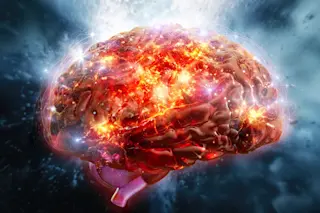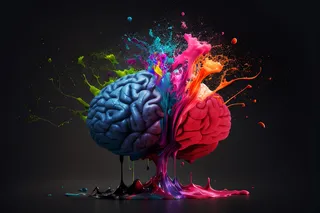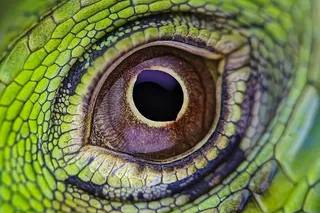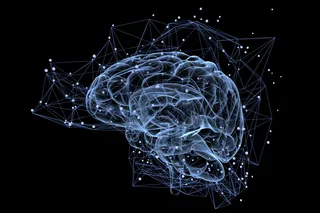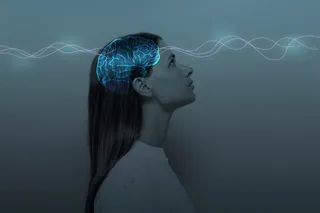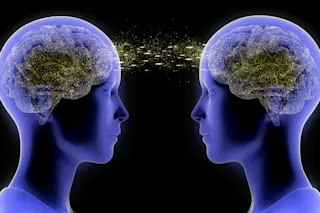Scientists have gradually shifted their stance on lucid dreams (LD) — the ability to know that you are dreaming and even controlling your fate within that dream state.
Many were initially skeptical when, in the 1970s, Stanford psychophysiologist Stephen LaBerge proposed the concept. Psychologists slowly came around, conducting research and tapping into patients’ lucid dreaming capacity for therapeutic purposes.
Now, a team of neuroscientists has collected and analyzed the largest known set of data that compares brain activity during wakefulness, rapid-eye-movement sleep, and lucid dreaming. Comparing brain imaging of these three states of consciousness shows how different parts of the brain are involved in each, and how each state affects perception, memory, self awareness and cognitive control, according to a study in JNeurosci. For instance, some brain waves during lucid dreams cross from one side of the other, or, within the same hemisphere, from one region to the other.
“This ...


